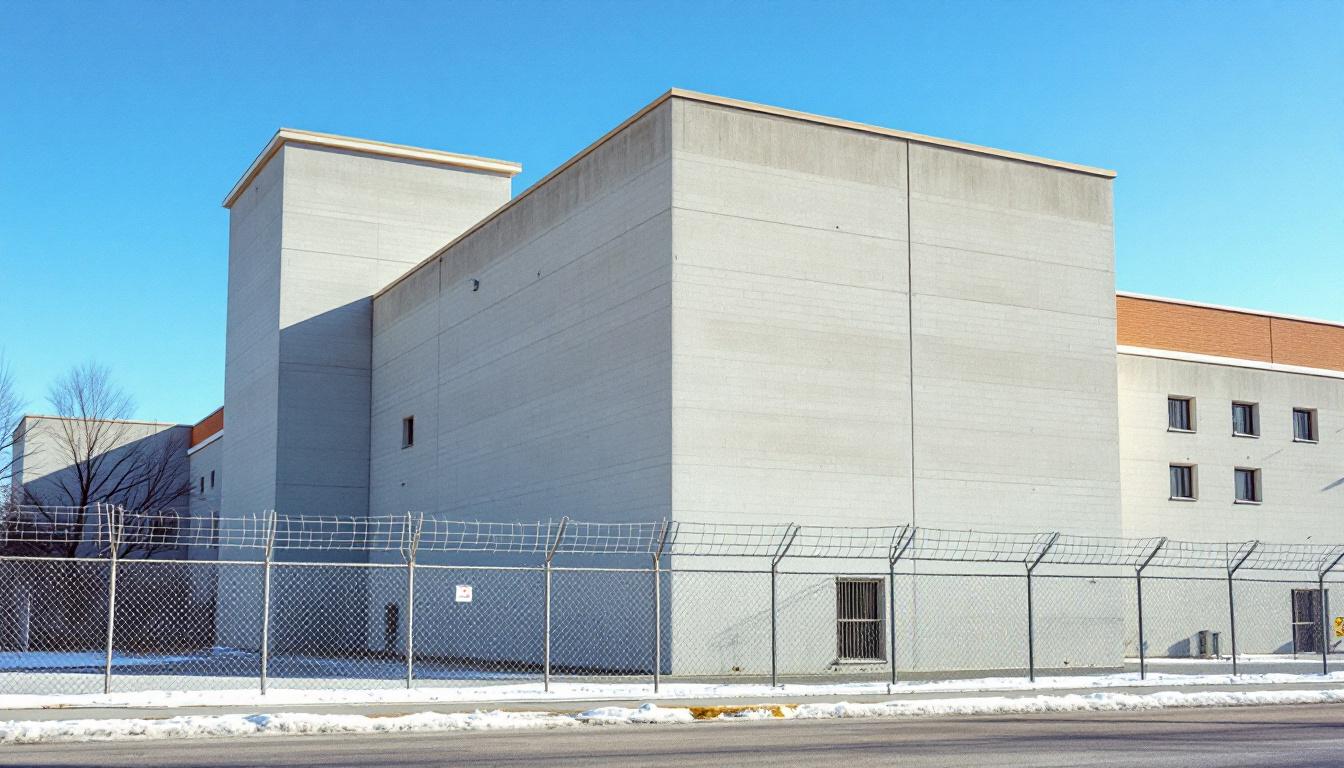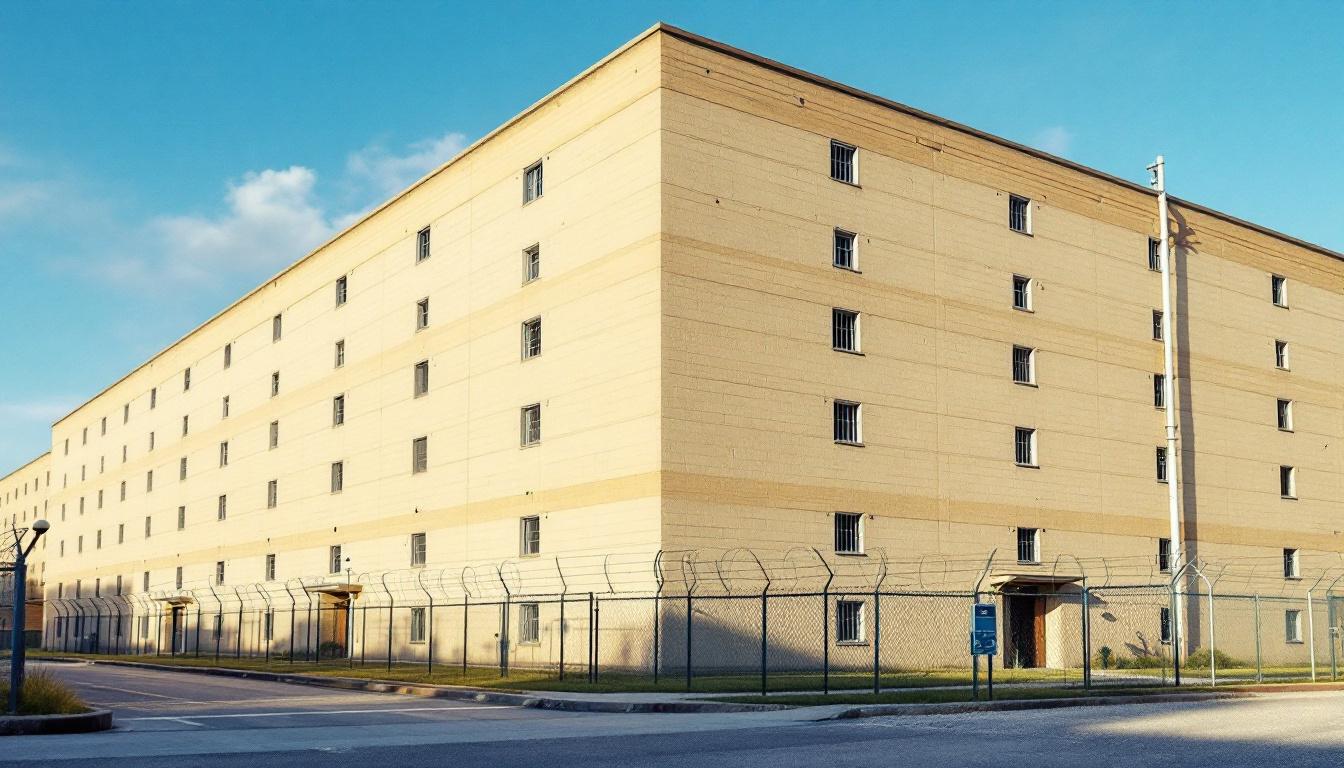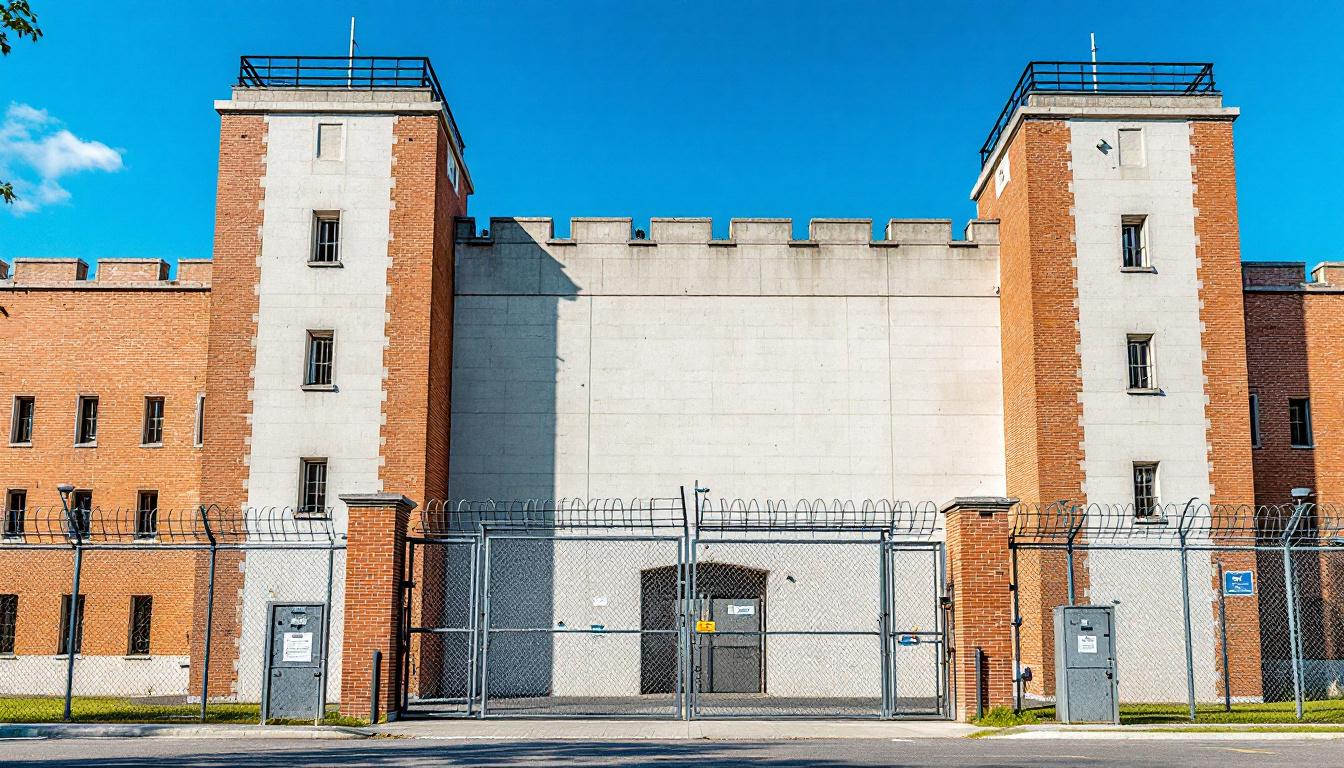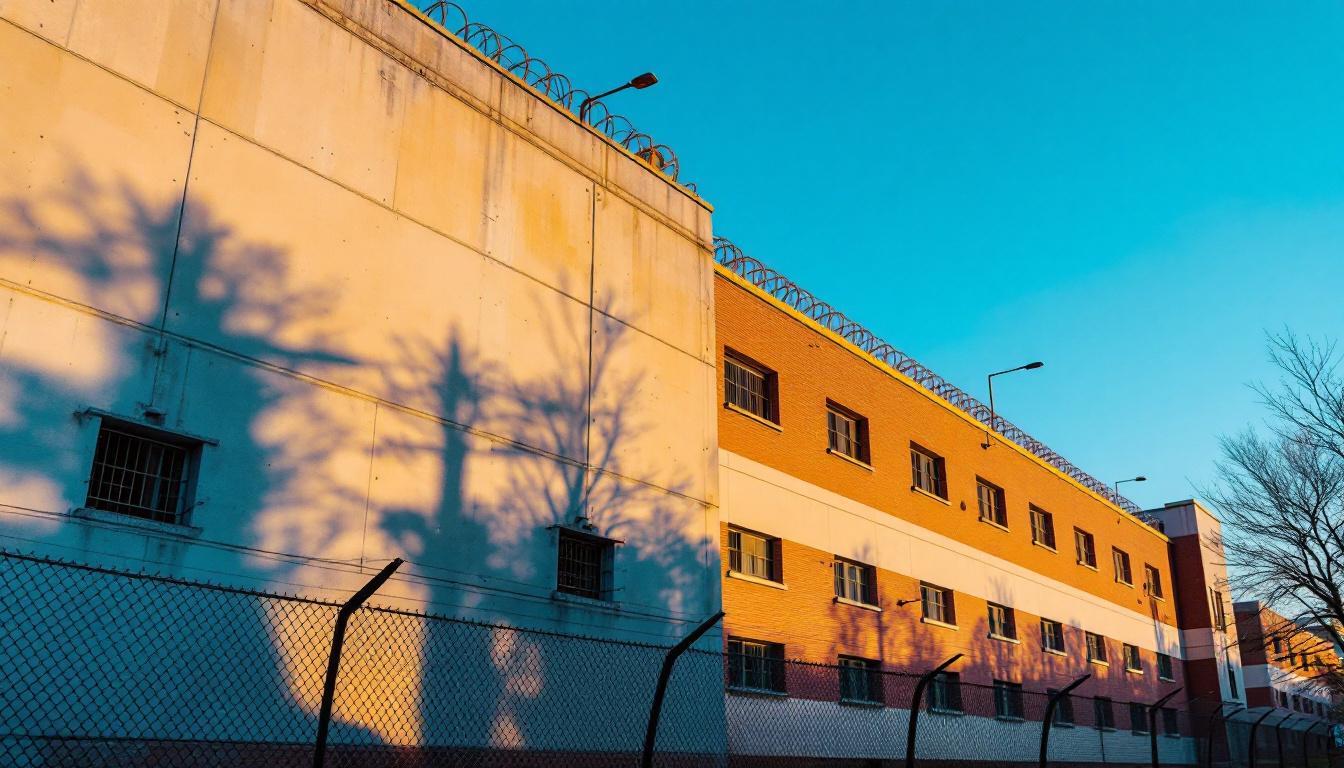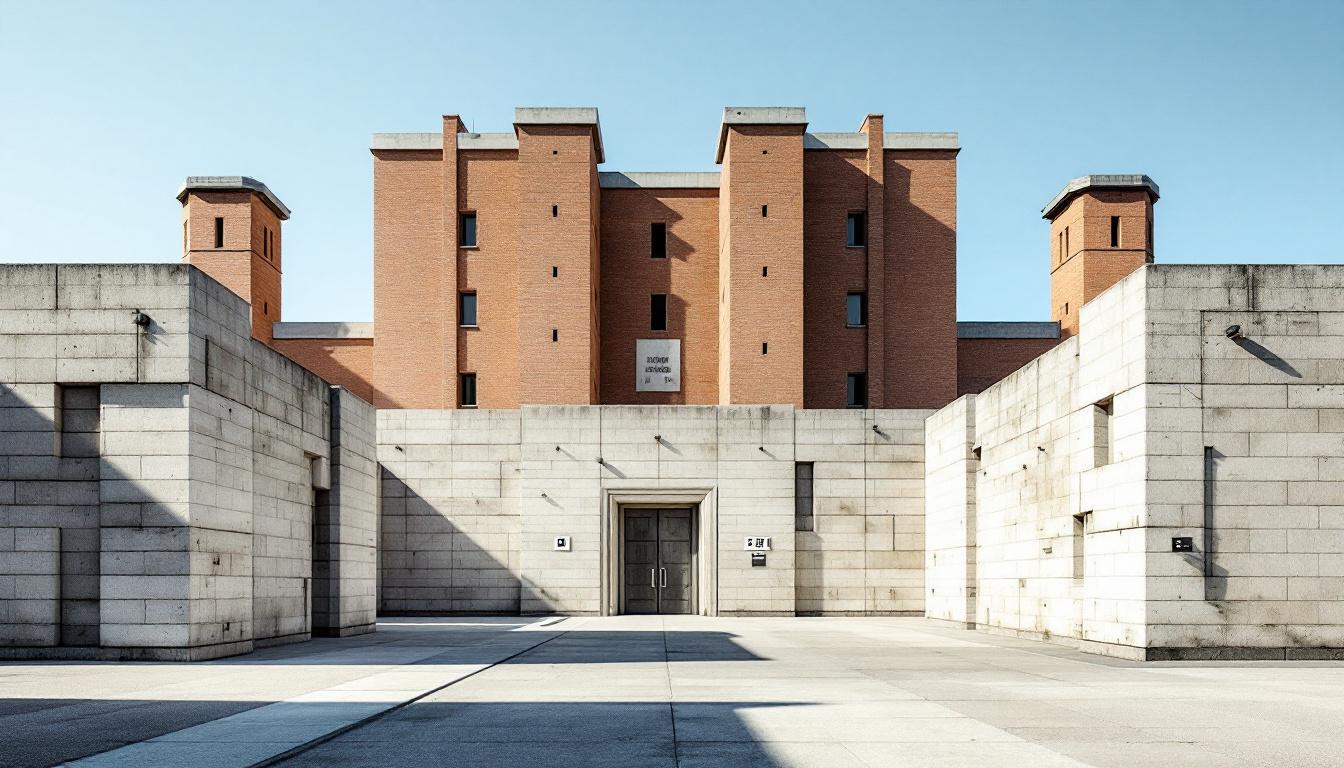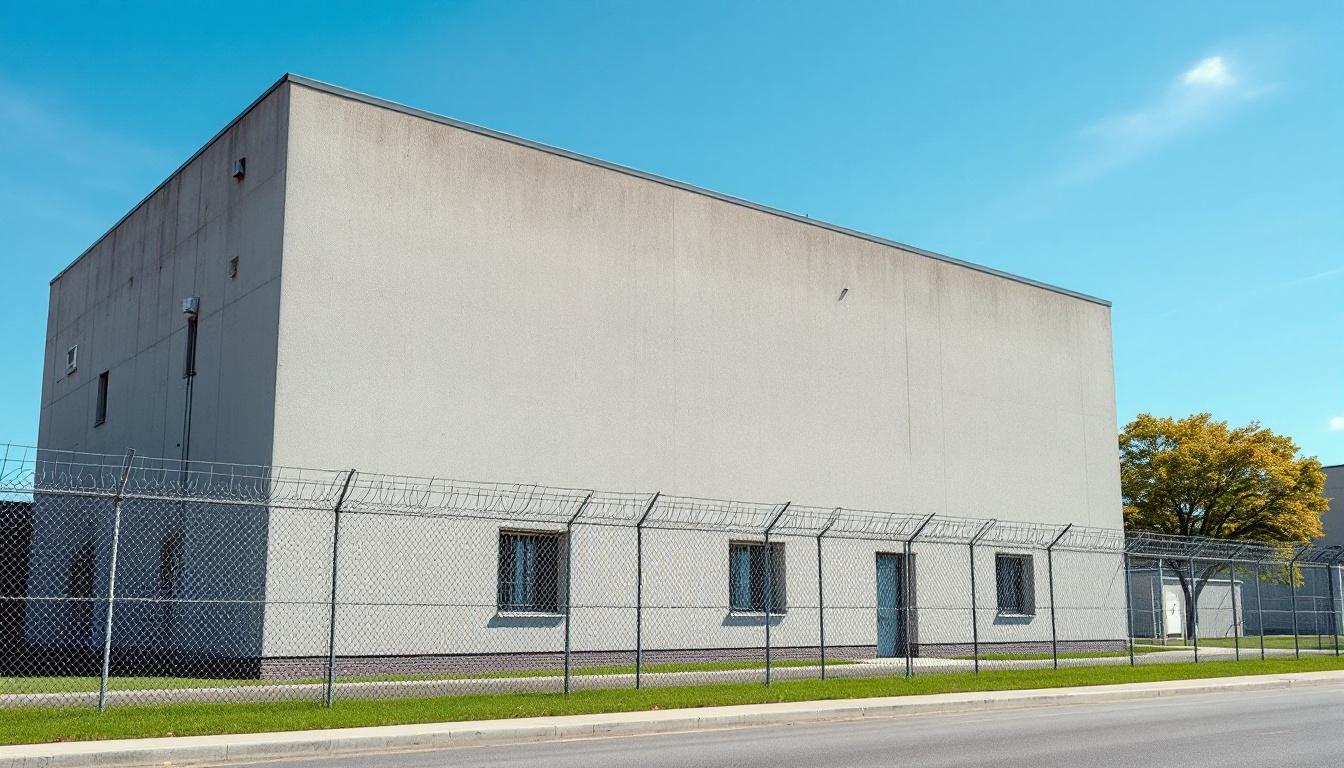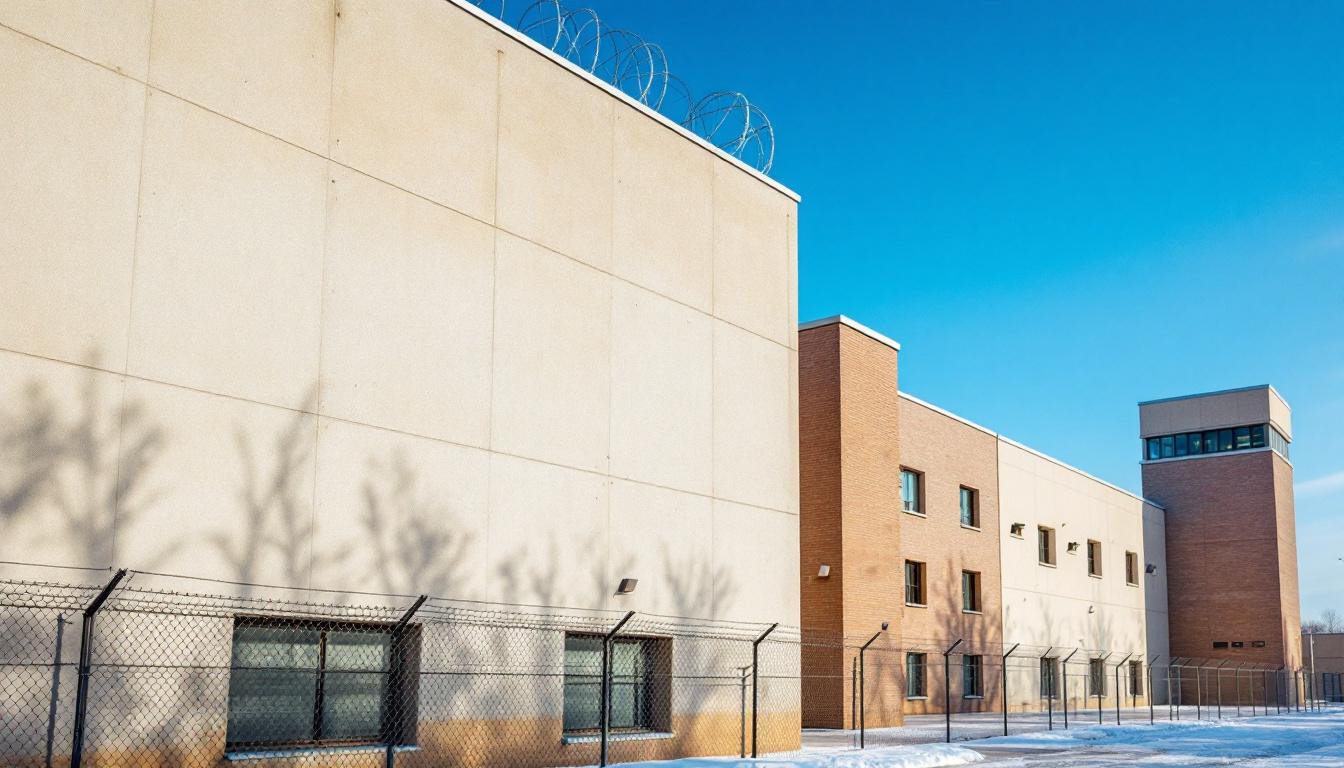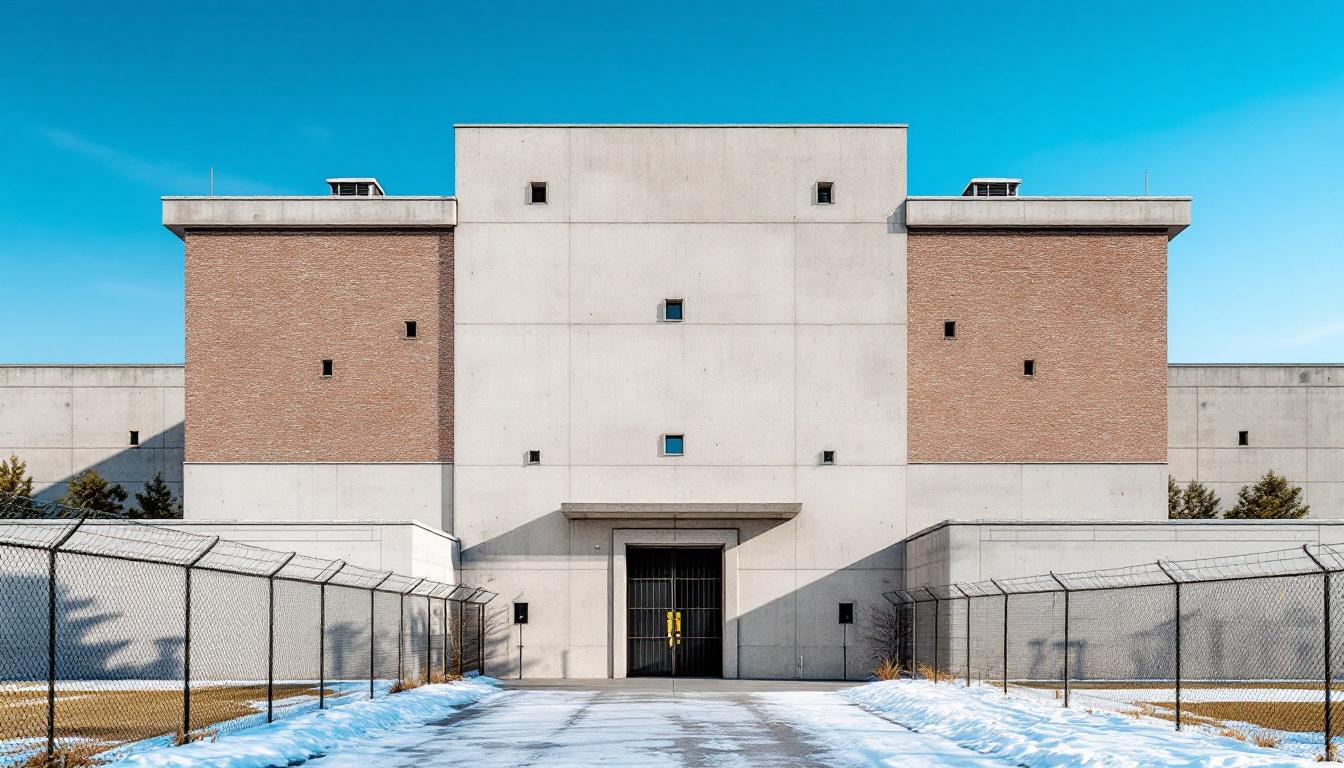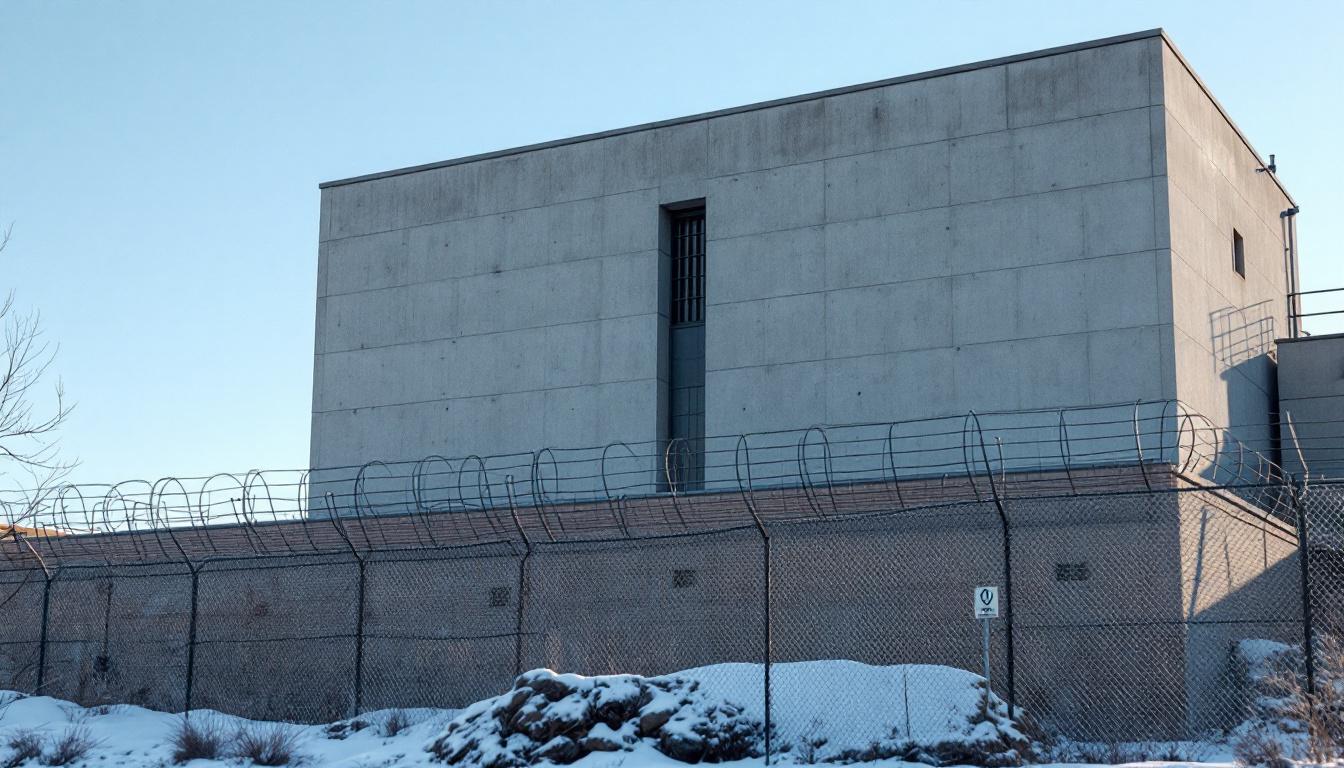
Quick Navigation
How to contact an inmate at Chesterfield Detention Center
This comprehensive guide will walk you through how to connect with an inmate at Chesterfield Detention Center. Follow the steps below to find an inmate and send letters and photos:
- Search for the inmate using our search tool below
- Create your account or log in to Penmate
- Write your message (up to 6,000 characters)
- Send instantly - inmates receive printed copies daily
Find an Inmate
Search for an inmate to start communicating today
Tip: You can search by first name, last name, or inmate ID number
To contact a person at Chesterfield Detention Center start by searching for the person on the official facility website. Perform a search by following these steps:
- Step 1: Enter their first name and last name into the search form and click "Search"
- Step 2: Locate their inmate record
- Step 3: Write down their Inmate ID and any housing information provided
Important! Be sure to enter the person's full name. Nicknames should not be used.
How to Send Messages to Inmates

You can use your phone or computer to send emails, letters, and photos to an inmate. Messages are sent electronically to inmate tablets or kiosks at the facility. If you would like to send a message, start by searching for an inmate at Chesterfield Detention Center.
Sending Photos and Postcards

A great way to send love and support to a loved one at Chesterfield Detention Center is to send photos and postcards. It only takes a few minutes to send photos from your phone and it makes a huge difference. You can also mail postcards with words of support and inspiration, or design your own postcard for special moments like birthdays and holidays.
Important! Be sure not to send any explicit photos or they may not be approved by the facility. You can also use a photo printing app like Penmate to make sure your photos are printed at the correct size (4x6 or 3x5) and are mailed according to the rules and regulations of Chesterfield Detention Center.
Frequently asked questions about Chesterfield Detention Center
-
How long does it take to deliver a message?
If you're sending an email message your letter is usually delivered within 24-48 hours. For messages sent via mail you should expect delivery within 3-7 days. All messages will need be approved by Chesterfield Detention Center.
-
How much does it cost to send a message to Chesterfield Detention Center?
You can send a message free using your phone or mail a message via USPS for the price of a $0.60 stamp and envelope. You can also purchase credits or e-stamps from services starting at $1.99.
-
What services can I use to contact an inmate at Chesterfield Detention Center?
Penmate
You can use Penmate to send letters and photos to an inmate from your phone. It's an easy way to stay in touch during your loved one's incarceration. Use the inmate locator to find an inmate's location and contact information, then you can send messages within a few minutes.
Securus messaging
Securus may be another option for communicating with an inmate at Chesterfield Detention Center. You can create a friends and family account and purchase credits to send messages. All messages will be reviewed and must be approved by the facility.
JPay
Some county jails and state prisons may support sending messages with JPay. You must register an account with the system, find your loved one, and purchase stamps to send messages. For some locations you can also attach photos.
Smart Jail Mail
You may also check if Smart Jail Mail is available at Chesterfield Detention Center. Smart Jail Mail is operated by Smart Communications and has contracted with some state and county jails. After purchasing credits, your messages and photos are sent to the facility, printed out, and then handed out to your loved one.
-
What is the mailing address of Chesterfield Detention Center?
Mailing address:
Chesterfield Detention Center
319 Goodale Rd
Chesterfield, SC 29709
Phone: (843) 623-2261Business hours:
- Monday: 8:30 AM – 5:00 PM
- Tuesday: 8:30 AM – 5:00 PM
- Wednesday: 8:30 AM – 5:00 PM
- Thursday: 8:30 AM – 5:00 PM
- Friday: 8:30 AM – 5:00 PM
- Saturday: Closed
- Sunday: Closed
-
What are the visiting hours at Chesterfield Detention Center?
Visiting hours at Chesterfield Detention Center vary by housing unit and security level. Generally, visits are scheduled on weekends and holidays, with some facilities offering weekday visits. Contact the facility directly at (843) 623-2261 or check their website for the current visiting schedule. Visits typically last 30-60 minutes and must be scheduled in advance.
-
What items are prohibited when sending mail to Chesterfield Detention Center?
Prohibited items typically include: cash, personal checks, stamps, stickers, glitter, glue, tape, staples, paperclips, polaroid photos, musical or blank greeting cards, hardcover books, magazines with staples, and any items containing metal or electronics. Only send letters on plain white paper with blue or black ink. Photos must be printed on regular photo paper (no Polaroids). Always check with Chesterfield Detention Center for their specific mail policies.
-
How do I send money to an inmate at Chesterfield Detention Center?
You can send money to an inmate at Chesterfield Detention Center through several methods: 1) Online using JPay, Access Corrections, or the facility's approved vendor, 2) Money orders mailed directly to the facility with the inmate's name and ID number, 3) Kiosks located in the facility lobby, or 4) Over the phone using a credit or debit card. Fees vary by method, typically ranging from $2.95 to $11.95 per transaction.
-
Can I schedule a video visit with an inmate at Chesterfield Detention Center?
Many facilities now offer video visitation as an alternative to in-person visits. At Chesterfield Detention Center, video visits may be available through services like Penmate, Securus Video Connect, GTL, or ICSolutions. Video visits typically cost $10-20 for 20-30 minutes and must be scheduled in advance. You'll need a computer or smartphone with a camera and reliable internet connection. Contact the facility for their specific video visitation policies and approved vendors.
-
What identification do I need to visit an inmate at Chesterfield Detention Center?
All visitors must present valid government-issued photo identification such as a driver's license, state ID, passport, or military ID. Minors must be accompanied by a parent or legal guardian who can provide the minor's birth certificate. Some facilities require visitors to be on the inmate's approved visitation list, which may require a background check. Contact Chesterfield Detention Center for specific ID requirements and visitor approval procedures.
-
How can I find out an inmate's release date?
To find an inmate's release date at Chesterfield Detention Center, you can: 1) Use the online inmate search tool if available, 2) Call the facility's records department, 3) Contact the inmate's case manager or counselor, or 4) Have the inmate provide this information during a call or visit. For privacy reasons, some facilities only release this information to immediate family members.
Facility Overview
Contact Information
Chesterfield Detention Center319 Goodale Rd
Chesterfield, SC 29709
Phone: (843) 623-2261
Official Website
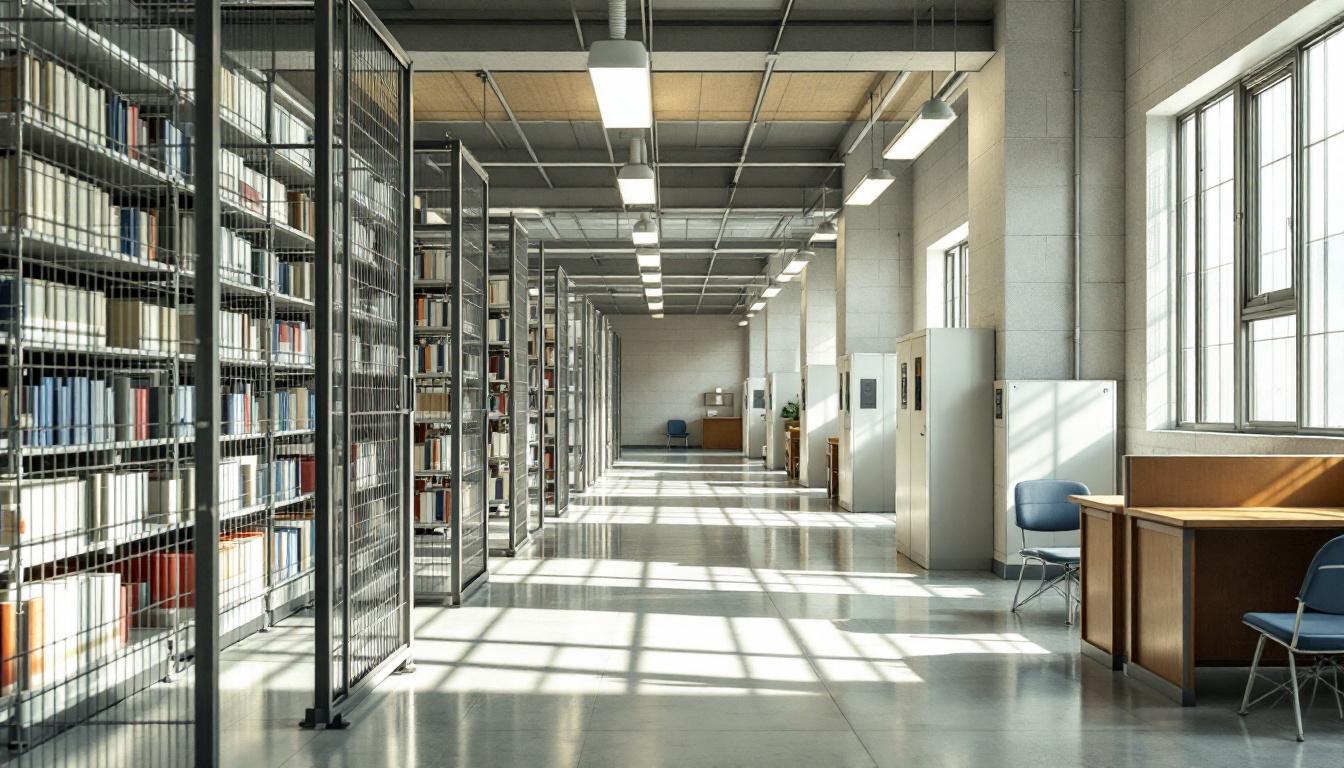
About Chesterfield Detention Center
Detention centers serve as critical processing points within the criminal justice system, handling individuals awaiting trial or serving shorter sentences, and the Chesterfield County Detention Center, SC operates as an integral component of South Carolina's broader correctional network. Located in the rural community of Chesterfield, this SC correctional facility typically processes individuals through various stages of the judicial process while maintaining connections to regional court systems and law enforcement agencies throughout the area.
The facility's operational approach generally emphasizes systematic processing and community reintegration preparation, recognizing that many individuals housed there will eventually return to Chesterfield and surrounding communities. Through collaborative efforts with local agencies and service providers, the detention center may offer programming that addresses underlying issues contributing to criminal behavior. These services often include substance abuse education, basic life skills development, and connections to community resources that support successful reintegration. The population services typically extend beyond basic housing and security to encompass educational opportunities and preparation for post-release challenges.
Within South Carolina's correctional framework, the Chesterfield County Detention Center functions as both a holding facility and a bridge between arrest and resolution, whether through court proceedings or transfer to other facilities. The center's role in the state's system involves coordinating with multiple agencies to ensure proper case processing while maintaining security standards appropriate for a detention environment. Staff members generally work to balance the dual responsibilities of secure custody and preparing individuals for their next steps in the judicial process, whether that involves court appearances, release, or transfer to longer-term correctional facilities elsewhere in the state system.
Programs & Services
Through comprehensive programming designed to address multiple aspects of personal development, the population at Chesterfield County Detention Center receives targeted support that focuses on building essential life skills and preparing individuals for successful community reintegration. The facility's approach emphasizes practical skill-building alongside personal growth opportunities. These programs typically operate under the philosophy that meaningful change occurs when individuals have access to diverse educational and therapeutic resources that address both immediate needs and long-term goals.
Educational services form a cornerstone of the supportive programming, often including basic literacy instruction, GED preparation, and financial literacy training that helps the population develop money management skills essential for post-release success. Vocational programs may supply hands-on training in various trades and employment skills, giving participants practical experience that can translate directly into job opportunities upon reentry. These educational and vocational offerings typically emphasize both foundational learning and career readiness, recognizing that stable employment plays a crucial role in reducing recidivism.
In addition to these core educational components, the facility often includes faith-based initiatives that provide spiritual support and community connection for those who choose to participate. Library services may supply access to educational materials, legal resources, and recreational reading that supports both personal enrichment and practical needs. These support programs typically work together to create a comprehensive network of services that addresses the diverse needs of the population, fostering an environment where individuals can develop the skills and connections necessary for successful reintegration into their families and communities.
Daily Life & Visitation
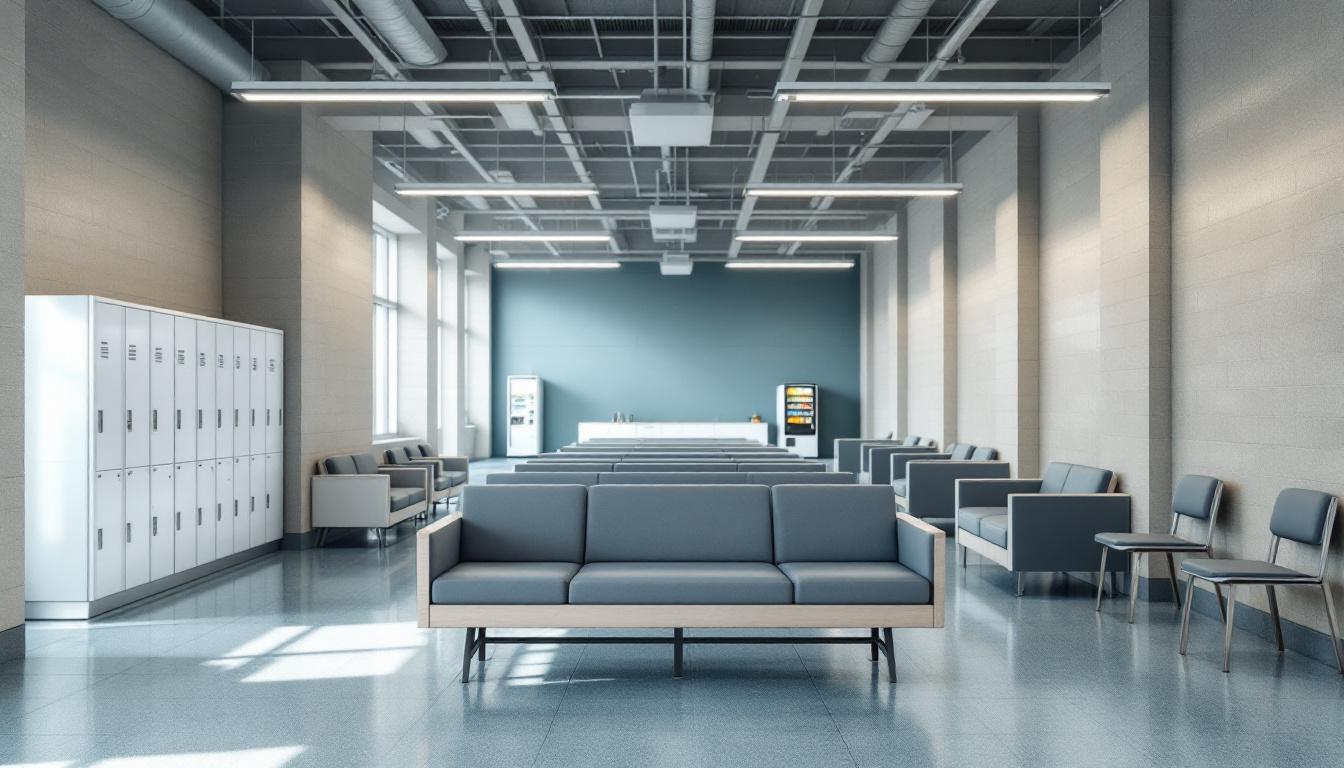
Structured organizational systems now shape every aspect of life within the facility, creating predictable routines that the population follows regularly. Daily schedules typically begin with morning counts and inspections, followed by meal service in designated dining areas. The population generally moves between housing units, work assignments, and common areas according to established timeframes that maintain security while allowing for necessary activities. Facility staff regularly coordinate these movements to ensure smooth operations throughout the day.
Housing accommodations at the facility typically consist of multiple-occupancy cells or dormitory-style units, where the population shares living spaces with assigned roommates. Personal property allowances generally include basic hygiene items, limited clothing, and approved personal effects that can be stored in designated areas. In addition to this structured living arrangement, the facility usually provides access to commissary services where residents may purchase additional approved items using funds from their accounts. Common areas within housing units often supply space for television viewing, reading, and quiet activities during designated recreation periods.
Programming schedules typically include educational opportunities, vocational training, and recreational activities that supply structure to daily routines. Work assignments may involve kitchen duties, facility maintenance, laundry services, or other operational tasks that help maintain the facility while providing the population with productive activities. Despite this structured environment, family connections remain important through scheduled visitation periods and telephone privileges that allow regular contact with loved ones. Recreation opportunities generally include outdoor exercise time, indoor activities, and access to library materials, all coordinated within the facility's operational framework to maintain security while supporting the population's physical and mental well-being.
Ready to Connect?
Start communicating with your loved one today
Search for an Inmate
